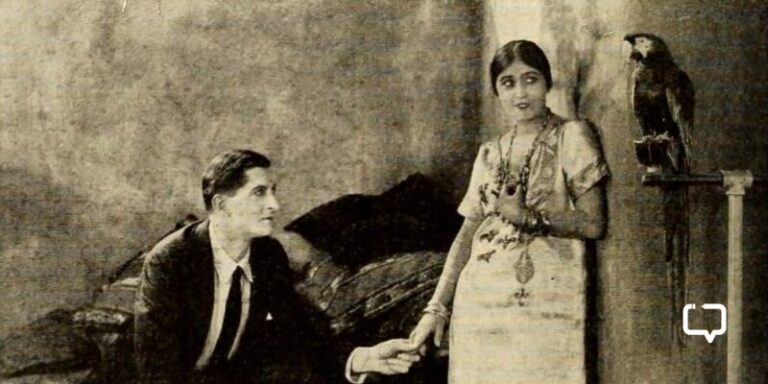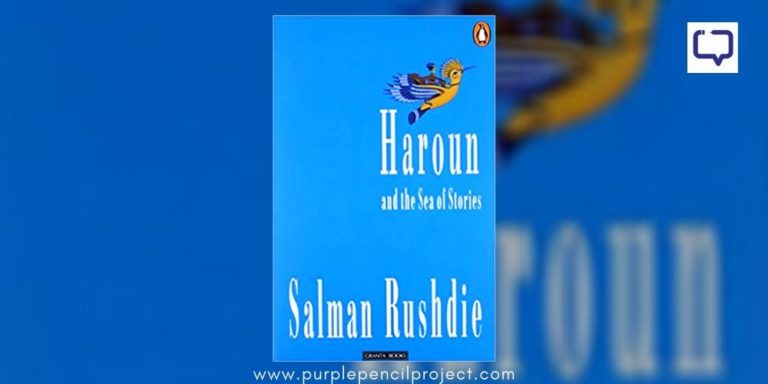A review of Sujata Sabnis’s ‘Blood on the Sands‘
Trigger Warnings: rape, mental illness, death, foeticide
Blood on the Sands by Sujata Sabnis is a masterful tale of love, betrayal and death, and the sinister secrets buried in the sands of a small village in the Rann of Kutch, published by Amaryllis.
The sand buries secrets, secrets that stain not just the bodies in which they lie, but the ground itself, and the soul of humanity. The Rann of Kutch is dry and arid and harsh, and the terrible secrets it hides threaten to drown a small family in the village of Kuran.
We encourage you to buy books from a local bookstore. If that is not possible, please use the links on the page and support us. Thank you.
Plot
Blood on the Sands revolves around a family of four in the small village of Kuran in the Rann of Kutch. Mankor – haunted by accusing figures from her past – struggles to be a loving mother and dutiful wife. Her husband, Virender Sinh, works tirelessly for the BSF, to do his duty for his beautiful wife and children. 16-year-old Samar tries to keep the family afloat while his father is away. And finally, 10-year-old little Ranu, the pride and joy of her mother, beautiful and innocent.
Anticipating a regular Navratri, Virender returns home on leave, eager to see his children and hold his lovely wife in his arms once more. But Mankor is distant and seems haunted by mysterious figures only she can see. The one bright spot in her life is little Ranu, who cavorts through the house with easy smiles and bell-like laughter, the only one untouched by the horrors that loom over the family. As the story unfolds, hints of the source of Mankor’s trauma are revealed, threatening to destroy the entire family. Murder, theft and terrorist plots all merge together to form a thrilling and haunting saga.
Pros and Cons
Sabnis expertly weaves in multiple themes and crafts a dark, sinister tale of a broken and traumatised family. Tantalising hints of the source of Mankor’s trauma are sprinkled throughout the story, little puzzle pieces that only form a complete, horrific picture at the end. The characters, including minor ones, are thoroughly fleshed out, allowing the reader to dive into the story. This has the benefit of allowing us to live the story, rather than just witnessing it. Through the eyes of Mankor and Virender Sinh (among others), we witness life in Kuran, from the delightful celebrations of Navratri to the traditional and simple lifestyles of the villagers, to the one darker tradition that is sealed shut behind the villagers’ lips.
In terms of the story itself, there are no cons at all. The only thing to mention is that this book does contain topics and themes that could be a trigger for some people.
Best Quotes
“It is not easy to kill evil, whispers the wind. It has no body, no arms, no legs. It has no face, no voice, not even breath. It can live silently, invisibly, in human minds. How do you defeat wickedness which leaves no shadow? How do you contain the dark that cannot be defined?”
Overall
Overall, Blood on the Sands is easily one of the best books I’ve ever read. It is dark and unsettling, and so gripping that I could not physically put it down until I had finished the entire story. Fair warning though, it does contain some very disturbing themes, and I found it hard to sleep for several nights after reading it.
Further Reading:
- Kuran, Rann of Kutch


2. What is the festival of navratri? The festival is associated to the prominent battle that took place between Durga and demon Mahishasura and celebrates the victory of Good over Evil. The nine days are solely dedicated to Goddess Durga and her nine Avatars – the Navadurga. Each day is associated to an incarnation of the goddess.






















